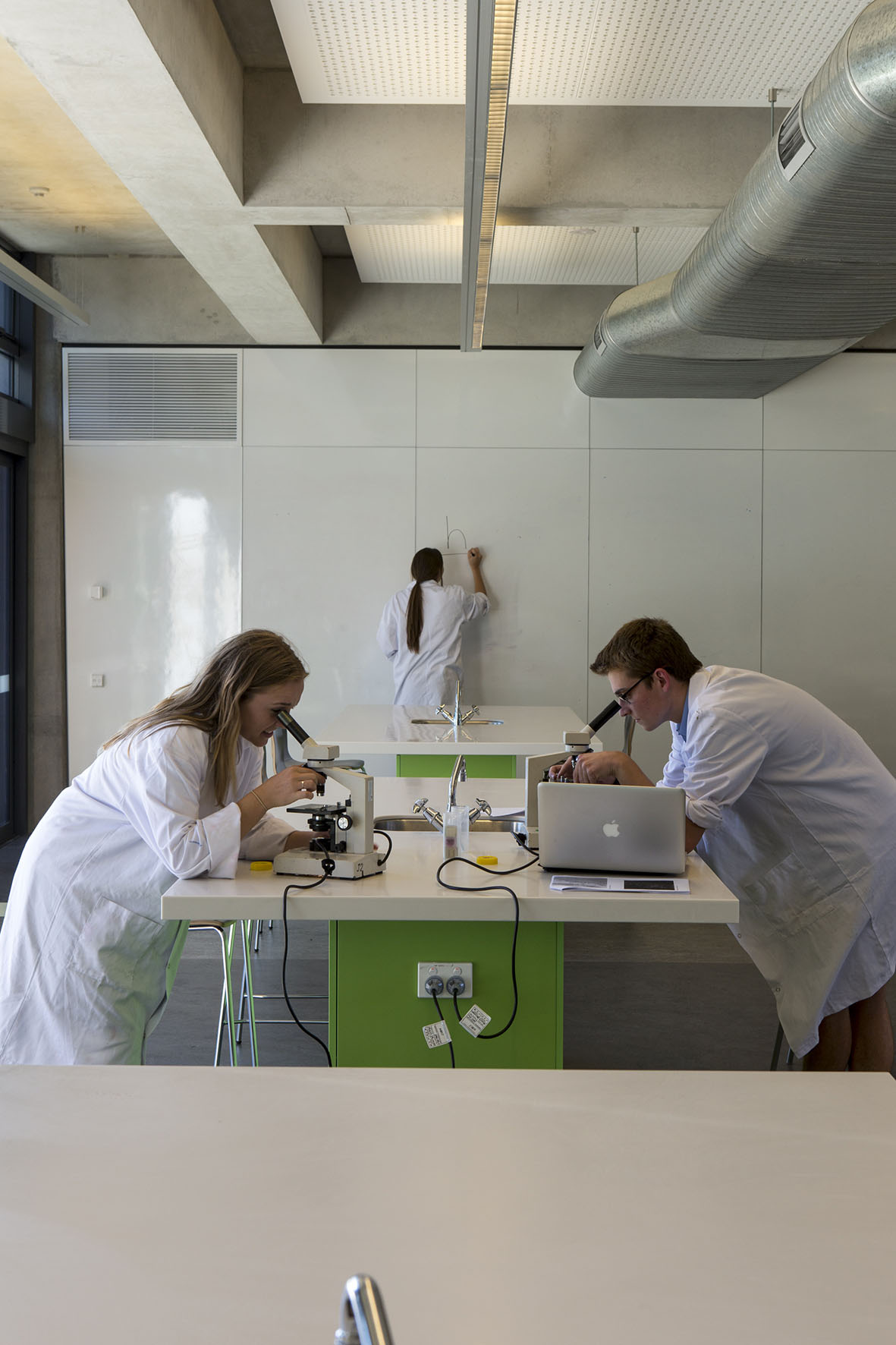We all have memories of the school we went to, some good, some bad, but the impact that our schooling, or the lack of it, has on our formation is undisputed.
Not only are schools places for learning but they are also places that bring communities together. Sometimes unconsciously, they form an intrinsic part of our mindfulness.
A child’s ability to learn is astounding, and the importance of making #schools places that students want to be in is a key driver for WMK in continuously driving the better design of #education facilities.
Much debate has occurred in the last two decades about future-focused and inquiry-based learning environments. While the classrooms we see our children in today differ vastly from the ones we went to, multi-modal learning is as old a concept as the aboriginal eight ways of learning. Arguably, generations have been conditioned for too long with too much instruction-based learning, where collaboration, creativity, and communication skills are now crucial.
Elizabeth Reinsfield writes in her 2019 article on a future-focused conception of the New Zealand curriculum: culturally responsive approaches to technology education, that findings of data collected through observational and self-reporting methods, “suggest that future-focused approaches to an integrated curriculum are affected by teachers’ collaborative skills and knowledge of culturally responsive, digital and learner-centered pedagogies”[1]
The need for learning environments to support teachers in their leadership role in the future of communities is more acute in the context of future-focused and inquiry-based learning. In the Australian context with shortages in the engineering profession expected to reach 100,000 engineers by 2030, and 10,600 General Practitioners in the medical profession, how can the community of educators foster in students an interest in maths and sciences?
In response to the rapid population increases triggering pressure for school placements, and a standardised approach to school design and Design for Manufacture and Assembly (DfMA), the question for architects and designers is how to approach the design process for schools as place-making, and not as pattern making.
How new school buildings connect with the site, country, and community in a sustainable way is not always evident and yet, it needs to be at the core of the design process.
A robust and accountable process will not be entirely based on one individual’s idea, but rather, will introduce inquiry, be thought-provoking, will be collaborative, and will engage the stakeholders. In an age where education researchers are advocating that schools of the future will not be entirely based in schools, we also need to think about the value of schools as community buildings, where the building blocks of social skills and values are built.
Article was written by WMK Director - Projects, Joelle Sarkis
[1] Reinsfield, E. A future-focused conception of the New Zealand curriculum: culturally responsive approaches to technology education. Int J Technol Des Educ 30, 427–435 (2020)

